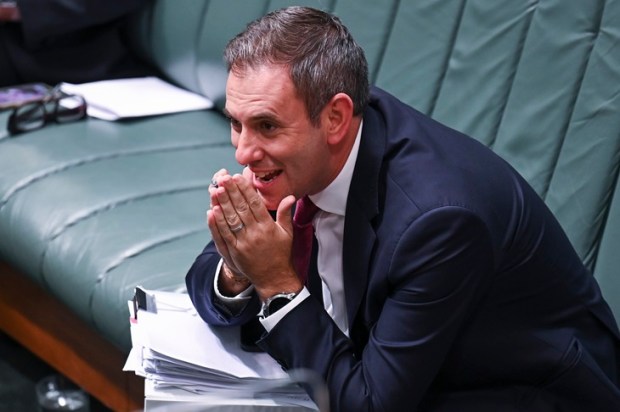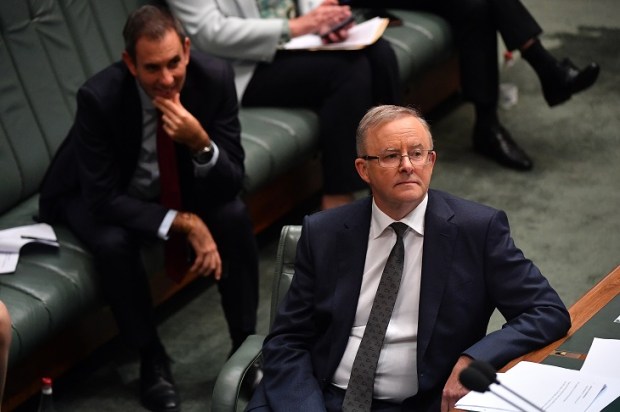The Victorian State government is forcing employers to pay for their mental health initiatives, and it is crippling businesses.
Pending legislation and massive increases in WorkSafe insurance premiums have, in effect, switched the financial responsibility of mental health management from the state to the employer.
In 2023, my manufacturing business copped a 44 per cent increase in WorkSafe premiums. An increase worth tens of thousands of dollars. It came without warning and at a time when employers were expected to increase wages – while paying more for basic utilities, logistics, and materials.
Over the past 20 years, WorkSafe has charged a premium between 1.2 per cent and 1.3 per cent on the total wage bill. Like any government monopoly, there were areas to improve, but overall the scheme worked. However, more recently, due to a government-led focus on mental health and Covid policies, there has been an avalanche of mental health injury claims.
This was acknowledged by WorkSafe Minister Danny Pearson, who stated:
‘We are now seeing more mental injuries coming into the scheme. This is a natural flow-on from the advances we have seen in addressing mental health in the community.’
While Pearson’s logic stacks up, there is no explanation for why employers should bear the cost of this state government’s so-called advancements.
WorkCover has gone from primarily a physical injury compensation scheme to a dual physical injury and mental health scheme. Currently, 16 per cent of new workplace claims are mental injury, and according to WorkSafe’s 2022 Annual Report, mental injury is expected to account for a third of all injury claims by 2030.
Mental health injuries are ultimately very difficult to assess and, on average, result in more extended periods away from work. An extract from WorkSafe’s Annual Report states, ‘Of workers who suffer a physical injury, 73 per cent are back at work within six months. By contrast, only 40 per cent of workers with a mental injury return to work in that time.’
This explains why mental health injury is estimated to make up to 50 per cent of WorkSafe costs by the end of this year.
Curiously, there is a disproportionate imbalance between public and private sector mental health injury claims, with 34 per cent of existing claims coming from the public sector despite the public sector making up just 10 per cent of employees covered under the scheme. Private-sector employers should feel rightly frustrated that their premiums are being used to underwrite the workplace failures created by the government.
Physical and mental injuries are different, and while each may render a person incapable of undertaking work, underlying factors contributing to poor mental health often go well beyond the workplace.
Family breakdown, financial stress, addiction and general well-being are all massive contributors to our nation’s fragility. Unless there are examples of causational prosecutable behaviour within the workplace – employers should not be lumbered with an extension of the social security net.
Stress within the workplace due to the volume of work, customer demands and day-to-day colleague aggravations should not form the basis of a WorkSafe injury.
As it stands, WorkSafe’s guides for making a claim are open to opportunistic interpretation and abuse. Feeling overwhelmed is not a new phenomenon, and employees should bear some personal responsibility to manage their own work lives.
Apportioning the mental health of Victoria’s workforce to employers will create further hurdles for those with mental health challenges. Nervous employers will become more hesitant to employ staff – rightly or wrongly, fearing the risk of incurring a long-term work cover case. This will make it harder for those struggling with mental health in the workplace to be confident to come forward and get the support they need.
When it comes to mental health, WorkSafe should be in the business of providing resources to workplaces to encourage a positive culture. WorkSafe should be able to undertake inspections where adverse mental health claims are made and seek prosecution for instances of gross neglect or abuse. Businesses that are found to be liable should contribute to the cost of recovery and provide compensation, but these are decisions that a court should ultimately make.
It is too complex for WorkSafe to manage mental health and recovery using its existing model.
The Victorian insurer does not have a strategy to deal with the challenge beyond pouring in taxpayer money to prop it up and slugging businesses with massive premium increases.
While the Victorian government has offered a set of proposed changes to the WorkCover legislation, most of these are about the scheme’s expansion. Practical reforms that tighten the focus of WorkSafe introduce competition to the monopoly or reward businesses with strong compliance records do not seem to be part of it.
If the Victorian government wants to advance mental health awareness, it should also advance its funding for those who need it. Shifting the responsibility of employers to fund potentially arbitrary decisions is unfair.
It will result in the most vulnerable finding it harder to seek employment – while driving employers and capital interstate.
Marcus Bastiaan – Victorian Business Owner

























